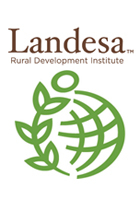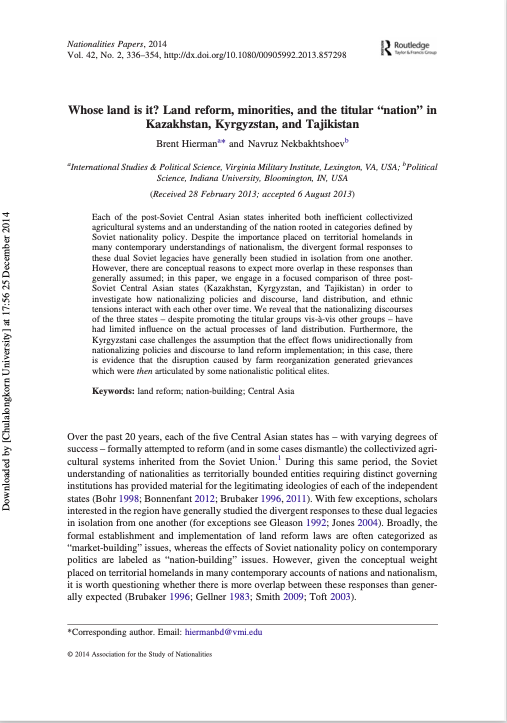Agriculture and Water Policy : Toward Sustainable Inclusive Growth
This paper reviews Pakistan's
agriculture performance and analyzes its agriculture and
water policies. It discusses the nature of rural poverty and
emphasizes the reasons why agricultural growth is a critical
component to any pro-poor growth strategy for Pakistan. It
supports these arguments by summarizing key results from
recent empirical analysis where the relative benefits of
agricultural versus non-agricultural led growth are





